
Plastic has been recorded in the stomachs of about half of all the world’s seabird species and, given the ubiquitous nature of microfibres in the world’s oceans, it is likely that all species have been exposed to some ingested plastic.
So what? Seabirds often consume indigestible items, which they either regurgitate or excrete. The seabirds such as petrels and phalaropes that accumulate large plastic loads in their stomachs seldom regurgitate pellets and only excrete very small items. Yet these species evolved in an environment where they often eat pumice, seeds and other natural debris floating at sea. Like ingested plastics, pumice and seeds (and indigestible prey remains such as squid beaks) are gradually worn down in the stomach and excreted. So is eating plastic a problem?
Ingested plastic is thought to have three main impacts on seabirds. Firstly, it might block or damage the digestive tract, leading to injury or death. The blockage is a significant issue for turtles, but there are only a few records of seabirds with their guts obstructed by ingested plastic items – many fewer than are entangled in marine litter. In terms of internal injury, seabirds often swallow sharp objects such as spiny fish and crustaceans. Gull regurgitations frequently contain pieces of glass and metal, which are more likely to injure than plastic.
This story is from the January/February 2022 edition of African Birdlife.
Start your 7-day Magzter GOLD free trial to access thousands of curated premium stories, and 8,500+ magazines and newspapers.
Already a subscriber ? Sign In
This story is from the January/February 2022 edition of African Birdlife.
Start your 7-day Magzter GOLD free trial to access thousands of curated premium stories, and 8,500+ magazines and newspapers.
Already a subscriber? Sign In
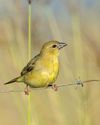
agrochemicals and birds
By the year 2050, it is estimated that 171 million more hectares of agricultural land will be needed to feed a global population of 10 billion people.
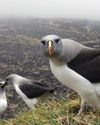
arrivals and departures
The Mouse-Free Marion Project is committed to ensuring that breeding seabirds can return to a predator-free Marion Island.
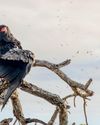
FULL skies
High summer brings high entertainment to Botswana's Mababe Community Concession and Kazuma Pan.
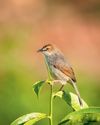
specials IN THE MIST
With a distinct habitat and climate, Zimbabwe's Eastern Highlands are a must-visit destination for any birder wanting to see a bevy of special birds.
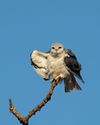
MIDRAND marvel
Gauteng birders don't need to travel far to get their feathery fix. Midway between Johannesburg and Pretoria, Glen Austin Pan has become a favourite patch for this returnee expat.
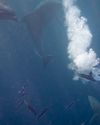
IN TOO DEEP...again
The annual sardine run along South Africa's east coast is a thrill and a challenge for underwater photographers, especially if you throw birds and inclement weather into the mix.
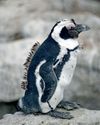
a journey through the mysteries of moult
As a bird researcher in South Africa’s botanically diverse fynbos biome, I have come to regard bird ringing as part of my journey to understanding moult.
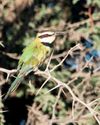
Southern SIGHTINGS
The midsummer period lived up to its reputation as the busiest time for rarities in southern Africa and produced a host of really good records, including several that got twitchers racing all over the subregion to try and add these mega ticks to their lists. As always, none of the records included here have been adjudicated by any of the subregion's Rarities Committees.
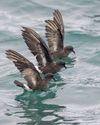
storm petrels in Kalk Bay
According to Roberts 7, both Wilson’s and European storm petrels occasionally seek the shelter of breakwaters during periods of strong onshore winds, but this is seldom observed off South Africa.

power-napping penguins
Periodic reduction in neural activity (sleep) is found in all animals with brains and seems to be essential to restore effective brain function. There is plenty of evidence of the adverse effects of not getting enough sleep, and recent research in humans has identified getting sufficient sleep as one of the four core pillars of living a long and healthy life.